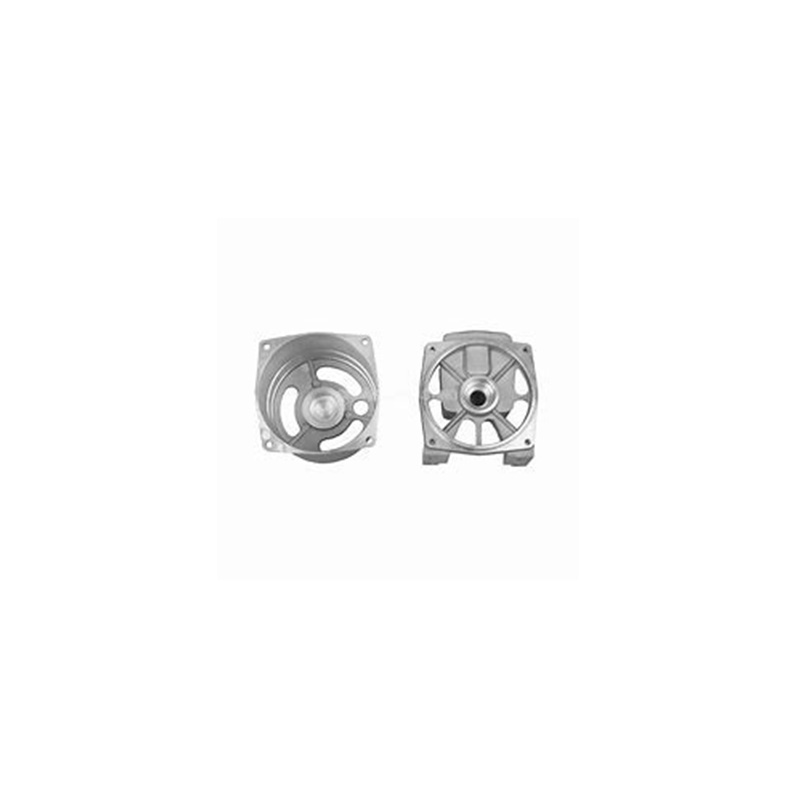
Selecting the right die casting mould manufacturer impacts everything from part quality to operational costs. Surprisingly, 43% of production delays originate from mould-related issues according to NADCA industry reports. The challenge? Many buyers focus solely on price, overlooking critical engineering factors.
Not all tool steels perform equally. Premium die casting mould manufacturers use H13 steel with vacuum remelting for superior thermal fatigue resistance. We once saw a client’s mould lifespan increase from 80,000 to 210,000 shots after switching to properly heat-treated materials. That’s 162% longer service life!
| Material Grade | Best For | Typical Lifespan |
|---|---|---|
| H13 (Premium) | High-pressure aluminum/zinc | 200,000+ shots |
| P20 Steel | Prototype/low-volume | 50,000 shots |
| 420 Stainless | Corrosive environments | 150,000 shots |
Efficient cooling determines cycle times and part consistency. Top die casting mould manufacturers implement conformal cooling channels that follow contour geometry. This reduces cooling time by 30-50% compared to straight-drilled channels. However, it requires advanced 3D printing capabilities.
Nitriding and DLC coatings prevent soldering and erosion. Case in point: Our team observed 2025 project where TiN coating extended ejection reliability by 68% in aluminum die casting. Still, many shops apply treatments incorrectly – too thick creates micro-cracks!
Many try replicating existing molds to save costs. This backfires 79% of time according to Journal of Manufacturing Systems. Why? Subtle draft angle changes or improper venting cause chronic defects.
Inadequate venting causes porosity and blistering. Expert die casting mould manufacturers calculate vent depth at 0.15-0.2mm – about human hair thickness! Too deep? Molten metal flashes into vents. Too shallow? Trapped gas ruins parts.
Modular components and standardized inserts slash downtime. For instance, a leading die casting mould manufacturer reduced changeover time from 8 hours to 45 minutes using smart cartridge systems. That’s 700% faster!
Forward-thinking manufacturers now simulate mold performance virtually. Flow analysis predicts hot spots before cutting steel. One client avoided $120,000 in rework by correcting filling imbalances during design phase.
Q: How long does custom mold fabrication take?
A: Typically 10-16 weeks depending on complexity. Acceleration options exist through concurrent engineering.
Q: What’s the cost range for aluminum die casting molds?
A: Between $30,000-$150,000+ based on size and features. High-volume production molds justify investment through per-part economics.
Q: Can existing molds be modified for new designs?
A: Sometimes – but requires expert evaluation. Generally more cost-effective beyond 30% part geometry changes.
Choosing a die casting mould manufacturer determines your production success for years. The right partner combines metallurgical expertise with digital manufacturing insights. When evaluating options, prioritize technical capability over price per kilogram. Your mold isn’t an expense – it’s your most valuable production asset.
For manufacturers implementing these principles, visit Weiting Mould for case studies.
Discover how to select a premium die casting mould manufacturer using 6 technical secrets. Learn about material science, cooling systems, and maintenance design from industry experts.
die casting mould manufacturer, aluminum die casting mold, zinc die casting tooling, custom die casting dies, high pressure die casting mold, die mold fabrication, die casting toolmaker, injection mold for die casting